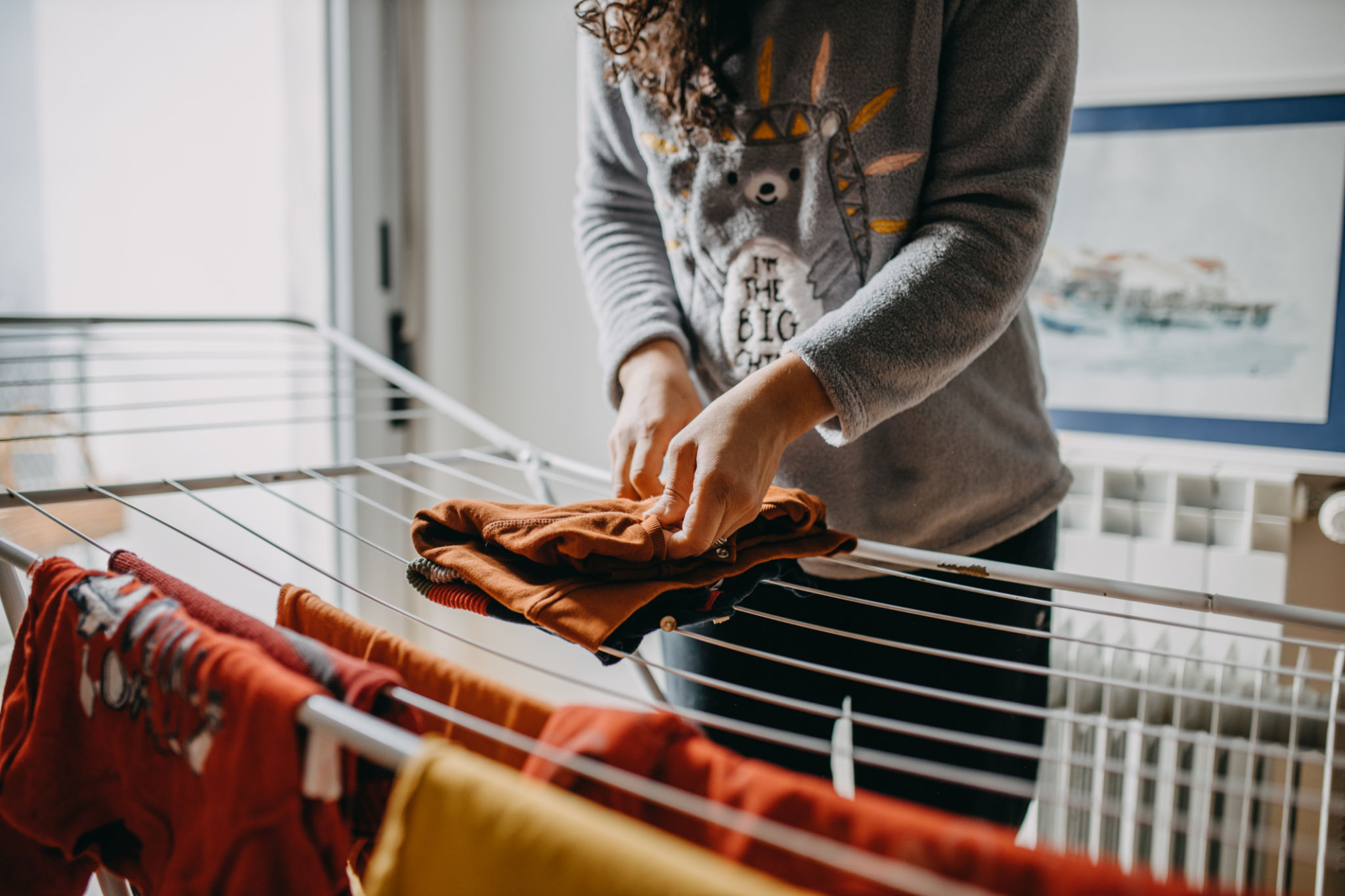Top Laundry Myths Debunked: What Really Works
Laundry Myth: More Detergent Means Cleaner Clothes
A common misconception is that using more detergent will result in cleaner clothes. In reality, using too much detergent can lead to a buildup of soap residue on your clothing, making them feel stiff and causing colors to fade. Over time, this residue can also damage your washing machine.
To avoid this, always follow the manufacturer's instructions for the correct amount of detergent based on the size and soil level of your load. Using high-efficiency (HE) detergent in an HE machine is also crucial for maintaining performance.

Myth: Hot Water is Best for All Fabrics
Another prevalent myth is that hot water cleans all fabrics more effectively. While hot water can be great for killing germs and removing heavy stains on durable fabrics like cotton, it can cause shrinkage and fading in more delicate materials such as wool and silk.
For most garments, washing in cold water is sufficient and more energy-efficient. Cold water detergents are specifically formulated to work well even at lower temperatures, ensuring your clothes are clean while preserving their quality.

Myth: Bleach is the Only Way to Whiten Clothes
While bleach can be effective at whitening clothes, it isn't the only option and can be harsh on fabrics, leading to premature wear and tear. Alternatives like baking soda and vinegar are gentler and can be used to brighten whites without causing damage.
To whiten clothes naturally, try adding half a cup of baking soda or a cup of vinegar to your wash cycle. These alternatives are not only safer for your clothes but also more environmentally friendly.
Additional Tips for Maintaining White Clothes
- Separate whites from colored clothing to prevent color transfer.
- Use a laundry booster like oxygen bleach for tough stains.

Myth: Fabric Softeners are Necessary for Soft Clothes
Fabric softeners are often used to make clothes feel softer and smell fresher, but they can leave a coating on fabric that reduces its absorbency and breathability. This is particularly problematic for towels and athletic wear.
An alternative is to use white vinegar as a natural fabric softener. Add half a cup during the rinse cycle to soften clothes without leaving any residue. Another option is dryer balls, which help reduce static and soften fabrics without chemicals.
How Dryer Balls Work
Dryer balls work by separating clothes as they tumble, allowing warm air to circulate more efficiently, which can also reduce drying time.

Myth: Stains Set Immediately
While some stains can set quickly, acting fast is often key to removing them effectively. For most stains, rinsing with cold water and applying a stain remover before washing can significantly improve the chances of removal.
Remember, always check the care label on your garments before treating any stains to ensure you're using a method that's safe for the fabric type.
Common Stain Removal Techniques
- Grease Stains: Apply dish soap directly on the stain before washing.
- Blood Stains: Soak in cold water with a bit of salt before laundering.
- Coffee Stains: Blot with cold water and apply a mixture of vinegar and water.
